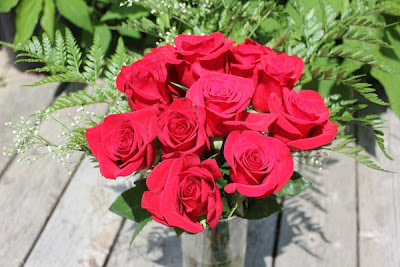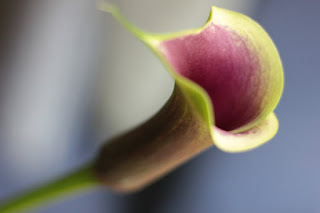 Ahhh...springtime at last. Mother nature's best show of all the seasons. Days are longer. Weather is warmer. Trees are blooming. Flowers are blooming. Time to shed those coats...and get out the antihistamines. Yellow dust. It's landing everywhere. Everything is covered in it. Outside. Inside. On the furniture. On the car. In the car. In the air? Nope. Unless you're sitting in the middle of a field of daisies, all that pollen you see is not the culprit of springtime allergies. It's pine tree pollen and really quite harmless if not even helpful. It just happens that pine tree pollen is dominate in the spring season any time from March through May.
Ahhh...springtime at last. Mother nature's best show of all the seasons. Days are longer. Weather is warmer. Trees are blooming. Flowers are blooming. Time to shed those coats...and get out the antihistamines. Yellow dust. It's landing everywhere. Everything is covered in it. Outside. Inside. On the furniture. On the car. In the car. In the air? Nope. Unless you're sitting in the middle of a field of daisies, all that pollen you see is not the culprit of springtime allergies. It's pine tree pollen and really quite harmless if not even helpful. It just happens that pine tree pollen is dominate in the spring season any time from March through May.
The pollen from a pine tree is exceptionally large and heavy. Though wind born, it quickly settles out of the air landing on everything nearby on calm days, and somewhat further away on windy days. Even though pine trees produce enormous amounts of pollen, covering surfaces with yellow dust, it doesn't generally cause allergic symptoms. There are two reasons for this. The pollen doesn't linger in the air for inhalation as a respiratory irritant. Also, pine tree pollen is not considered an allergen. Oak, cedar, maples and elm trees as well as grass pollens, are the major allergen triggers in the spring. People who might rarely be allergic to pine pollen are those with specific allergies to pine or those with severe reactions to bee stings. The obvious pine pollen that we can see serves us well as an alert to other pollens lingering in the air as well as a reminder to keep windows closed during this time of the season.


Pine trees have both male and female pine cones known as 'strobili'. Male pine cones, smaller than female cones, are long and thin. Female pine cones are larger and rounder. The familiar woody cone is the female cone containing ovules where seeds are produced when fertilized by pollen grains. This seed or nut is famously known as the 'pine nut'. Some refer to the caterpillar-like structure of the male cone as a flower or 'catkin'. These catkins contain many pollen sacs. They only appear in the spring and once they release their pollen, begin to disintegrate. The female pine cones are generally found in the upper branches in the crown of the tree above the male cones. On a windy day, this release of pollen can be quite spectacular with dense, yellow smoke-like clouds of pollen rising from the trees and rolling across a field or meadow. Click the video below to see the pollen fall from the catkins.
Pine trees have been used for medicinal purposes for centuries. The needles are used to make tea, while the bark, seeds and pollen are eaten for health benefits as well. Pine tree pollen contains powerful antioxidants and many vitamins. It is purportedly used to regulate hormone imbalances, reduce cholesterol, improve metabolism, regulate prostate function, protect the cardiovascular system, strengthen the immune system, and even touted as a preventative for the common cold.
Pine tree pollen can be purchased in powder, capsule, or tincture form. Why not collect your own during pollen season. Don't collect pollen from trees near areas that have been sprayed with chemical fertilizers or herbicides. Remember to look for the male small, flaky catepillar-like catkins. You won't find any pollen in the female pine cones. You may want to wear disposable gloves in case there is any sap still around. Just tap them over a bag or container to collect the pollen on a dry, preferably not windy day. Be sure not to take it all from one pine tree, but from several different trees as it does serve as their method of reproduction. And finally, dry it out on a tray on a hot sunny day or on a low heat in the oven or food dehydrator. Store it in an airtight container in the refrigerator or in the freezer and it will last for several months. Just sprinkle a little on cereal or salad or mix it in a smoothie. See if you notice any difference in how you feel. Check with your health care practitioner for concerns about ingesting pine tree pollen. Remember not to ingest pine tree pollen if you are one of the rare persons allergic to pine or bee stings.
HAPPY BREATHING!!!






